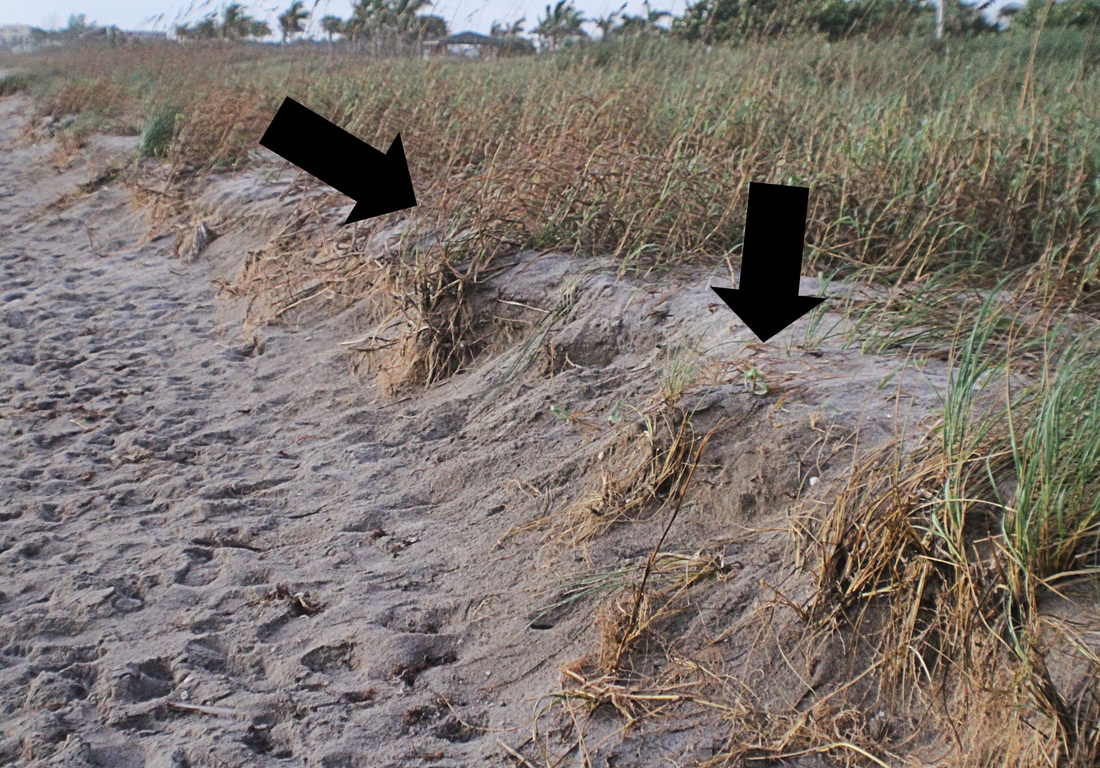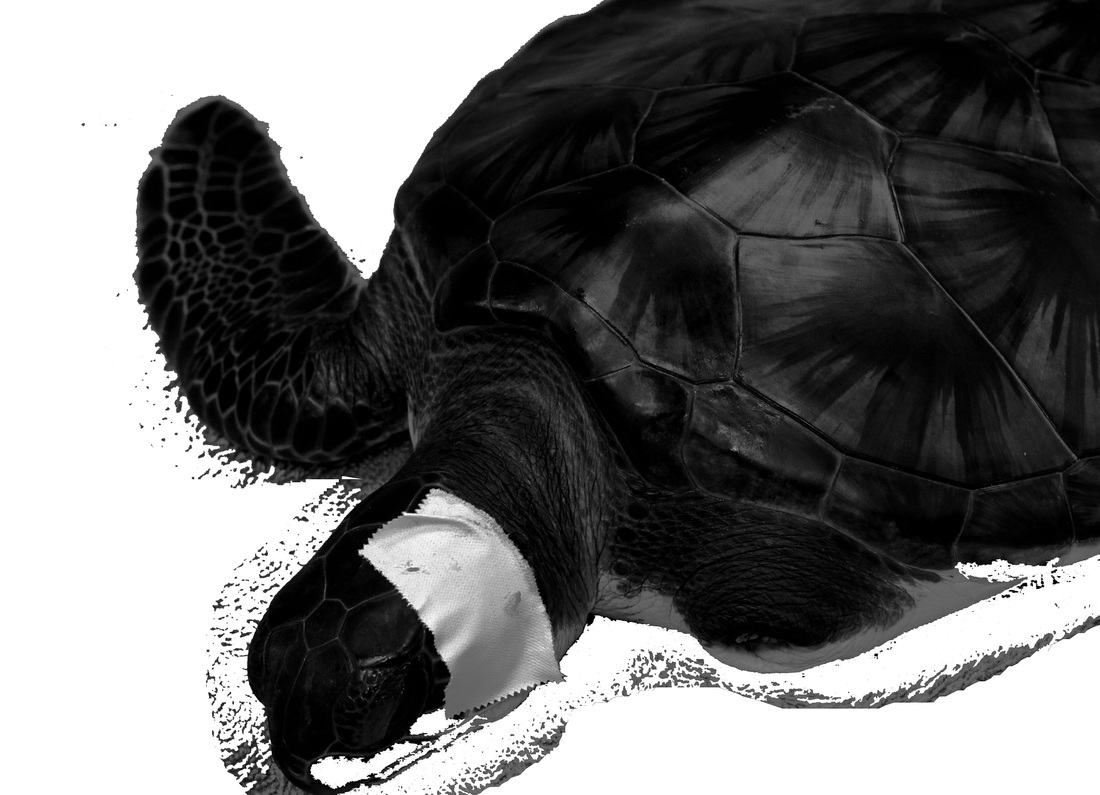"The world is a finite space. Every grain of sand displaced by one thing will impact another. With that in mind, we have an obligation to tread very, very lightly." - Rick Wood
For more than a year, I've seen triumph and tragedy play out too many times to count. As a filmmaker I think about how "lucky" I have been to capture these dramatic - yet not overly emotional - scenes.
Time and time again the most poignant scenes are the ones that illustrate just how directly - and, in some cases, adversely - humans impact the life cycle of these endangered species.
Sometimes it's the unintentional by-product of an industry, like commercial fishing or boat operation, but far too often it comes from ignorance and carelessness.
I have watched turtles die because of it.
"Journey Home" will carry the message of sea turtle awareness and education. In subtle scenes, viewers will see the results of litter, negligence and apathy on creatures who - if left unmolested - might have numbers so healthy as to no longer carry the "endangered species" identifier.
There is only one chance at this and it is right now. If we fail in preserving and protecting sea turtles, they will vanish into extinction.
My philosophy while filming is simple: tell their story. It's not to "create" a story or "embellish" a story...it is simply to show others what I have been privileged to see.
Of course, as a visual artist, I hope to do it in a way that will be interesting and will have an impact on anyone who sees it.
What's more, you don't have to wait for the film to finish production. All of the information and tools to educate folks about the issues facing sea turtles are here - on the film's site. If you have other questions or want more information, visit Loggerhead Marinelife Center's website: http://marinelife.org/


 RSS Feed
RSS Feed